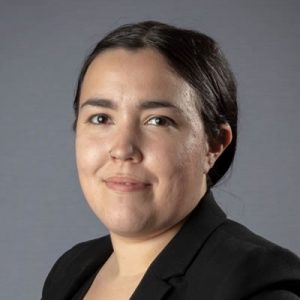
This blog post was updated on 17 August 2021.
Following the global pandemic, the travel and tourism industry is making a rapid recovery as normality returns, and long-awaited holidays cannot come quickly enough! But with opportunity comes challenges – notably the huge amount of competition in the travel industry.
How can you make your brand stand out from the crowd and entice travellers to choose your hotel, airline, attraction or package?
One of the most impactful things you can do is translate your content in the language(s) of the travellers you are trying to target. By speaking their language, you can ensure your message is understood by your target audience and connect with them on a deeper level.

So, what types of content do you need to translate when embarking on translation for the travel and tourism industry?
- Brochures: Although brochures are increasingly being digitalised, these are very predominant in the travel and tourism industry. Brochures include descriptions of hotel facilities and package details, along with pictures. There is also a big market for travel guides for different holiday locations. You should ensure that any brochures are stored as downloadable assets on your website and that they have a small file size in order to aid the speed of download. As a lot of holiday shopping is done from mobile and tablet devices, do not forget to ensure they are optimised for different screen sizes.
- Websites: It is essential that your website is in the target language or locale of the customer in order to get them to fill out forms and access specific offers, and to offer them customised content that attracts them and provides a personalised service. A localised website increases engagement with customers and speaks their language, boosting their trust in your website. Also, when the localisation of a website in another language has been completed, it is likely to drive more traffic in that language as it should appear more frequently in the local language search results. As customers are likely to compare your offering to several other websites, it is worth investing in auditing your customers’ online journey, as well as paying close attention to your website functionality and bounce rates.
- Promotional videos: A localised video goes that extra step in making your customers feel catered for. Videos that include subtitles or a voice-over can be included in your translation workflow, rather than re-investing in new videos for each market.
- Email campaigns: Email campaigns include things such as flash offers, newsletters and forms. Again, making sure that they are targeted to each region engages customers with higher success rates and reduces bounce rates.
- Marketing materials and loyalty programmes for recurrent customers: Provide exclusive offers to loyal customers. Ensure that any terms and conditions which may apply are localised and applicable for the audience.
- Photo captions: Translating photo captions improves the user experience as they provide concise information about the product that is being advertised.
- Social media content: Blogs and social media posts might need localising if you have a marketing campaign that includes overseas territories. Copywriting and creating content from scratch (rather than translating from a source) is recommended for blogs and social media posts where possible, so that the content is relevant to your target audience. You may need to include a strategy for responding to queries and comments too, as unattended social media can have an adverse impact on your strategy.
I hope this has given you a useful introduction to translation for the travel and tourism industry. For more in-depth information, read the free, full-length guide here. The guide covers:
- why translation is essential in the travel and tourism industry
- the different types of content that need translating
- the importance of a good translation workflow
- the main challenges to be aware of
- the importance of optimising your translations to boost your online visibility







